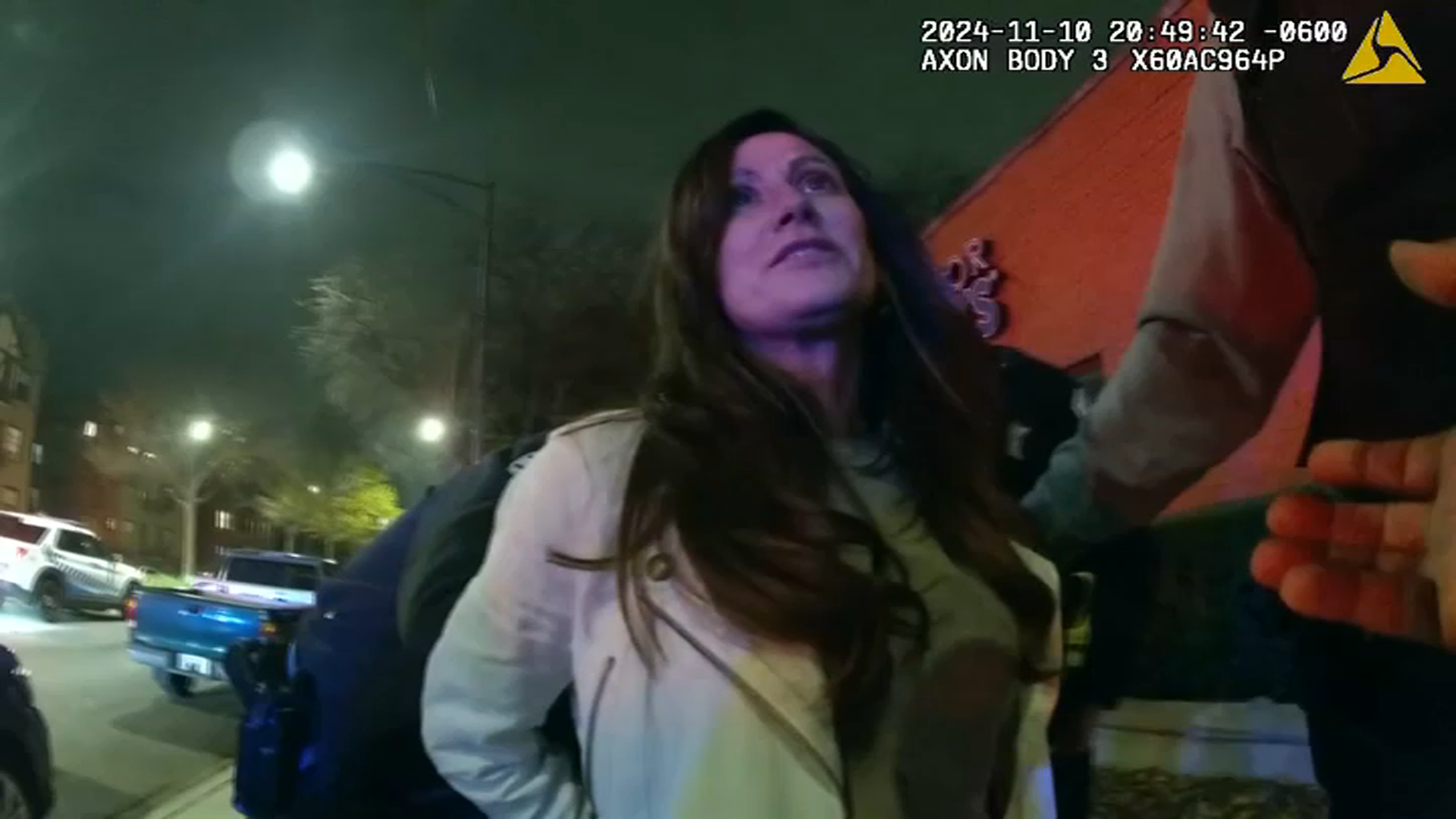The solution to keeping your school’s best and brightest teachers from fleeing the classroom: better working conditions, more administrative support and higher salaries. That’s according to education policy experts who are urging the nation’s school districts to invest in teachers now in order to reverse troubling turnover rates.
Since 2000, the picture has been fairly consistent: Each year about 8% of public K-12 teachers leave the system and another 8% change schools, according to the National Center for Education Statistics (NCES).
“Teacher turnover is really bad for children,” said Linda Darling-Hammond of the Learning Policy Institute. “Schools with high turnover actually see reduced student achievement even for the kids whose teachers weren’t the ones who left because it becomes unstable.”
She added it also costs a school district about $20,000 to replace a teacher who leaves.
“It’s kind of pennywise and kind of foolish to allow that kind of churn rather than investing in the ways that would keep teachers in the classroom, particularly in the schools where kids need that continuous relationship,” Darling-Hammond said.
According to public records, Chicago Public Schools lost 1,062 teachers due to retirement or other reasons since 2016 and they have yet to be replaced. Census Bureau data also shows that from 2015 to 2016, about 2,400 teachers moved from Cook County (including Chicago) to somewhere else in Illinois.
“They may go to some other schools in Chicago, but most of them go to other districts outside of Chicago where the pay is often better, the working conditions are easier,” said Linda Darling-Hammond of the Learning Policy Institute.
Local
A CPS spokesperson said between last school year and this school year, 86 percent of teachers returned to their school, 6 percent stayed in a teaching position within the district and 8 percent moved into non-teaching roles at CPS or left the district.
"CPS is led by educators who understand that teachers are the backbone of every school community,” the spokesperson said. “More than 90 percent of CPS teachers stayed in district from last year to this school year, and we will continue to prioritize teacher development and retention to support high quality education across the district.”
Elizabeth Smith worked for twenty years as a public policy analyst before changing her career to education. She landed her first teaching job in 2007 in a Chicago Public Schools classroom in the city’s Little Village neighborhood.
“I wanted to work in a place where I could use my language skills, so both Spanish and English,” Smith said. “I really felt like I could work in a community where there was perhaps more need.”
Smith said she had a decent overall experience at the CPS school, but she faced challenges such as dealing with missing classroom books. Smith lost her job due to CPS budget cuts after her second year as a teacher. She then taught in in Cicero before moving in 2010 to a classroom in Oak Park, where she teaches a Spanish immersion program to fifth graders.
“Oak Park at the time, fabulous reputation, and the program was so unique,” Smith said. “Finally, the money. Salary was higher here in Oak Park. I made the decision to come over here and never looked back.”
Chicago Public Schools said it is dedicated to increasing opportunities for teacher development and mentorship while continuing to provide teacher salaries that are higher than national and big-city averages.
While some districts may be having an easier time holding on to veteran teachers, Darling-Hammond said there is a shortage of experienced math, science, special education and bilingual teachers.
The Illinois Education Association calls the current teacher shortage a “crisis.”
“Studies show the key to attracting and retaining quality educators is through adequate wages and respect,” said IEA president Kathi Griffin. “We need to put our students first and we do that by supporting our teachers.”
But there are fewer and fewer new teachers in the pipeline.
In 2011-2012, according to NCES, there were 403,000 first-year public school teachers; in 2015-16, there were just half as many: 191,500. Additionally, the supply of veteran teachers who return to classrooms is apparently slowing, according to a September 2016 report by the Learning Policy Institute.
Still, the University of Illinois-Chicago is preparing the next generation of teachers who want to focus on improving urban schools and empowering children.
Junior education major Julio Torres said he is eager to make a difference teaching in a Chicago classroom.
“I just feel like a lot of our schools are lacking individuals like me and the rest of my colleagues that we really know what it’s like to be part of an urban environment,” Torres said.



